Content
- 1 What tools are needed
- 2 What glue to use
- 3 Sticking corners and joints
The repair process usually goes on for a long time and is tiring, so after the end the owners can’t get enough of the result. But after a few weeks or months from the wall, the wallpaper may begin to peel off. What to do in such cases?

What tools are needed
When gluing wallpaper, a limited area is used, so tools and devices must comply with:
- Glue - a special composition for gluing or one that was used during the repair.
- Brush - for a small piece, a brush with a narrow working part is taken.
- Rubberized roller, which presses the glued wallpaper strip and folds are straightened.
- A narrow spatula with which the wall is cleaned of the remains of plaster and old glue.
- Hair dryer for faster drying of glued fragments.

What glue to use
There can be many reasons why the wallpaper has peeled off, one of which is the wrong adhesive composition. On the construction market there are many mixtures in all price categories: from budget to super-premium. There are also varieties for each type of wallpaper that cannot be interchanged.

You can use an inexpensive option - PVA glue. When hardening, it very firmly connects the wallpaper and the wall, great for working out small torn areas. But it also has drawbacks: it is very difficult to remove from the wall, it can leave yellow spots especially on light wallpapers.

There is glue specifically for gluing joints and corners, which is sold in small tubes and has a special narrow nozzle. That is, using it will not take a lot of money, and also will not need to use other tools. Typically, such compositions are universal. The gluing process comes down to three simple steps: applying glue, pressing wallpaper with a rubber roller and blow drying.

Sticking corners and joints
A putty knife picks up a departed piece of wallpaper and moves to resistance. With it, the wall is completely cleaned of plaster, glue and other debris. Then, using a vacuum cleaner, they continue to clean the area, after which they take a damp rag without lint and wipe the wall.

Next, a composition for gluing is applied to a piece of wallpaper, waiting for time to impregnate the area. Then it is attached to the wall and begin to level from one angle, gradually moving to another. Joints are rolled with a roller, and excess glue is blotted with a cotton cloth.




-
 What mistakes do when fixing platbands to a concrete wall
What mistakes do when fixing platbands to a concrete wall
-
 Features of the installation of half-timbered columns
Features of the installation of half-timbered columns
-
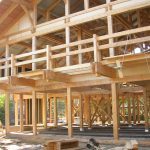 What boards can not be used for half-timbered
What boards can not be used for half-timbered
-
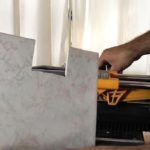 How to make a rectangular cutout in ceramic tiles
How to make a rectangular cutout in ceramic tiles
-
 Why it is important to consider the direction of wallpapering
Why it is important to consider the direction of wallpapering
-
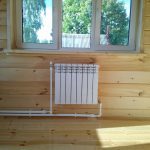 What mistakes are made when the radiator is connected diagonally?
What mistakes are made when the radiator is connected diagonally?
-
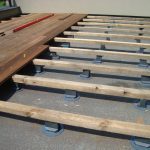 When an adjustable floor is more profitable than a capital screed
When an adjustable floor is more profitable than a capital screed
-
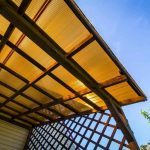 What installation errors lead to the leakage of the polycarbonate canopy
What installation errors lead to the leakage of the polycarbonate canopy
-
 What yellow spots appear on the wallpaper after gluing
What yellow spots appear on the wallpaper after gluing
-
 How to paint from spray can without smudges
How to paint from spray can without smudges
-
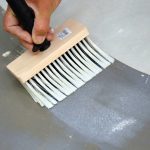 What primers are not suitable for application under fiberboard
What primers are not suitable for application under fiberboard
-
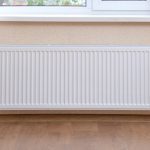 When you need to install heating radiators not under the window
When you need to install heating radiators not under the window
New publications are published daily on our channel in Yandex. Zen
Go to Yandex. Zen


